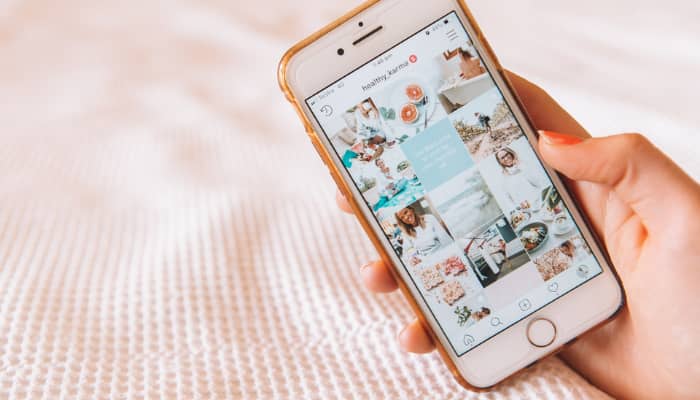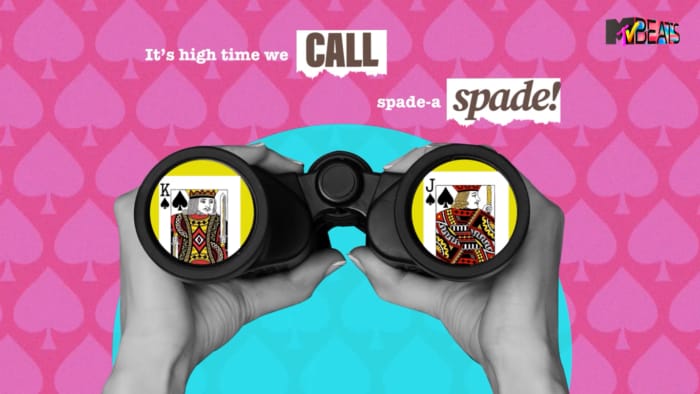Sydney, Australia – More younger consumers in Australia are utilizing social media to conduct product research and discovery before deciding to purchase a product, the latest survey from cloud-based e-commerce solutions ChannelAdvisor notes.
According to the survey, 64% of 18- to 25-year-olds have researched products on Instagram during the past 12 months, while 67% of 26 to 35-year-olds have researched products on Facebook within the same period.
Despite that, social media use for product research remains the least-used online channel for product research, with only 6% of all respondents using it. Search engines or organic search remains to be the go-tochannel for product research, which is used by 37% of respondents. This is followed by brand websites (23%) and marketplaces or retailer sites (35%).
In regards to what affects a consumer’s purchasing decision, price takes the lead with 79% of the respondents agreeing so, followed by availability (55%), reviews (44%), delivery speed (42%), brand name (35%), and payment options (35%), and flexibility of delivery time (22%).
“The survey results are clear: consumers aren’t buying products and interacting with companies the way they did before 2020. Consumers want convenience at each stage of the buying journey — from research to sale. Brands and retailers need to shift their focus to their consumers’ demands,” said Mike Shapaker, CMO at ChannelAdvisor.
The survey also noted that factors such as a product being out of stock (61% of respondents), a possible better price (46%), negative reviews (35%), unclear product information (32%), as well as unclear product images (26%), and too few reviews (17%) are reasons why consumers would abandon online purchases.
For the upcoming holiday season, about 36% of surveyed consumers plan to do more holiday shopping online this year, while 42% of survey respondents plan to use ‘buy online, pick up in-store’ or curbside options this season. Meanwhile, 7% plan to do less holiday shopping online.
“Ahead of peak season, they’ll [brands and businesses] need to reimagine and reinforce e-commerce strategies to take advantage of these permanent changes, as their competitors will soon begin doing the same,” Shapaker added.













